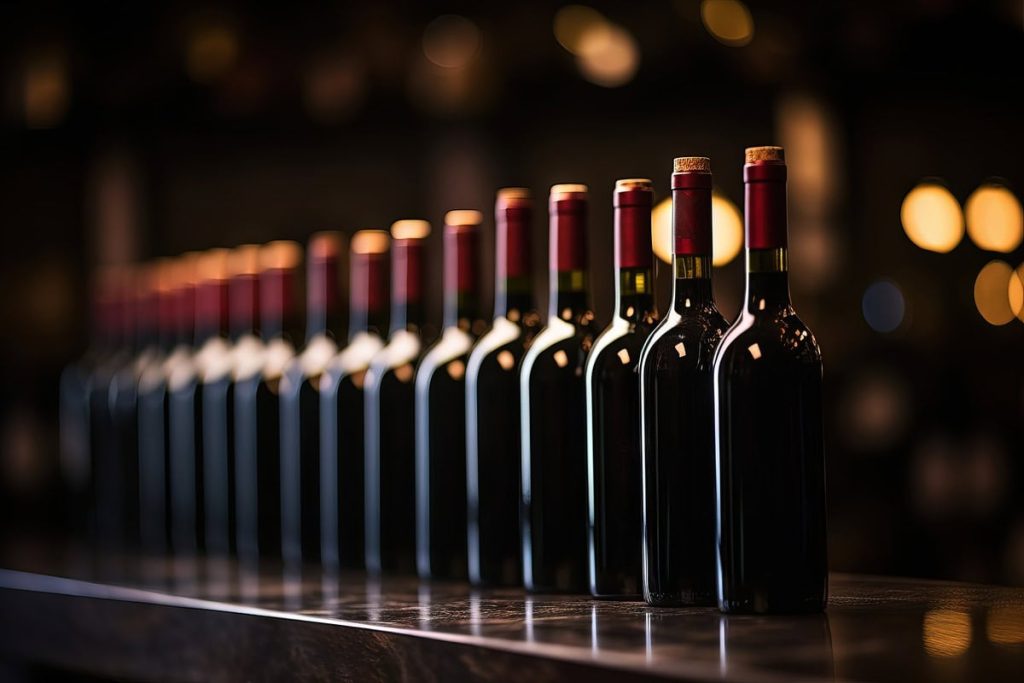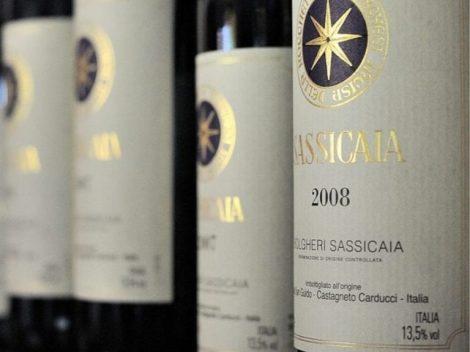The organic agriculture sector in France is not in a happy place. Economic difficulties are affecting this segment, which for the first time on a national level recorded a decrease of nearly 2% in organic agricultural land in 2023. However, the wine sector bucks this trend, with organic vineyard acreage increasing by 1.6% in the same year, albeit at a slower conversion rate than before.
Sales of organic wine have also risen, with an 7% increase in value and 6% in volume in 2023. These sales are primarily concentrated in export markets, direct sales, and wine shops (approximately 80%). France boasts over 12,000 organic wine businesses managing a total of around 171,000 hectares, predominantly in Occitanie (58,000 hectares). This region, which includes key wine-producing areas like Roussillon, Languedoc, Sud-Ouest, and the Rhône Valley, aims to have 25% of its agricultural land certified organic by 2027.
Concerns about the future
The confidence index among winemakers in 2024 is highly polarized. While there is optimism for the future, short-term concerns prevail. According to a survey conducted between September and October among 1,250 exhibitors for the upcoming Millésime Bio trade fair (scheduled for 27–29 January 2025 in Montpellier), the current economic climate is worrying.
The survey revealed a grim outlook for wine consumption in the French market overall: 70% of respondents anticipate a decline, 24% expect stability, and only 1% foresee growth in the next decade. For organic wine specifically, expectations are slightly better, with only 20% predicting a drop in consumption.
Globally, 41% foresee a decrease in wine consumption, while 37.5% expect stability, and 14% predict growth over the next ten years. For organic wine, the outlook improves: 40% foresee an increase, 30% stability, and 15.5% a decline.
“At a time when the focus is on farmers’ profitability, this survey is particularly relevant. It shows that while decisions to convert to organic production are driven by ecological and health considerations, the majority of winemakers see organic as a strategic asset for adapting to future market trends,” said Jeanne Fabre, chair of the Millésime Bio commission.

Trends in markets, channels, and types
The survey also highlighted consumption trends for organic wine over the next three years, through 2027. Industry players expect growth in Northern Europe (51.5%), Canada (35%), and the United States (27%), followed by Asia (23.5%), France (20.5%), and the United Kingdom (19%). However, pessimists—those predicting a decrease in consumption—are the majority for France (26%) and the UK (20.5%).
In terms of distribution channels, direct sales (57%), exports (43%), and wine shops (36%) show the most promise for growth over the next three years. The Horeca sector (hotels, restaurants, and cafés) is less optimistic, with 30.5% predicting growth and 21.5% expecting a decline. Organic shops face similar challenges, with 19.5% optimistic and 22.5% pessimistic. Supermarkets show the most negative outlook: 52.5% expect a decrease in organic wine consumption, compared to just 10.5% predicting growth.
Future prospects by wine type
Which organic wine types have the best prospects for growth? Producers were clear in their predictions: Whites: 58% foresee increased consumption, Sparkling wines: 44% anticipate growth, Rosés: 31.5% predict a rise. Red wines, however, face challenges: only 20% expect growth, while 35.5% predict a decline, according to the Millésime Bio survey.


 In Turkey, the Michelin Guide Awards also recognize an Italian restaurant—but not with a Star
In Turkey, the Michelin Guide Awards also recognize an Italian restaurant—but not with a Star An interesting Japanese fine dining restaurant near Turin
An interesting Japanese fine dining restaurant near Turin There’s nothing better than a dinner based on cheese: here are the wines to pair (not just reds)
There’s nothing better than a dinner based on cheese: here are the wines to pair (not just reds) The 10 best Trebbiano d’Abruzzo wines selected by Gambero Rosso (with a new Tre Bicchieri)
The 10 best Trebbiano d’Abruzzo wines selected by Gambero Rosso (with a new Tre Bicchieri) The rise, growth, and collapse of the Chinese Wine Market: a parable of consumption explained by an importer
The rise, growth, and collapse of the Chinese Wine Market: a parable of consumption explained by an importer






